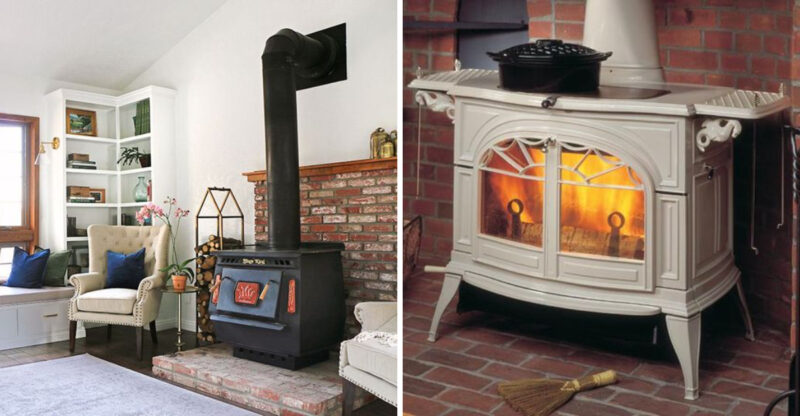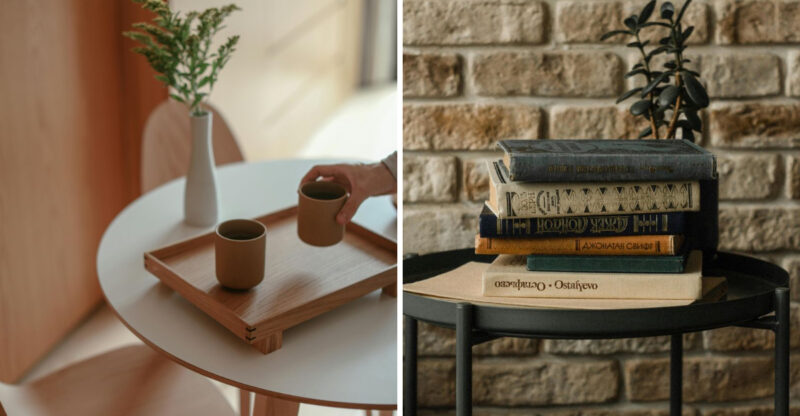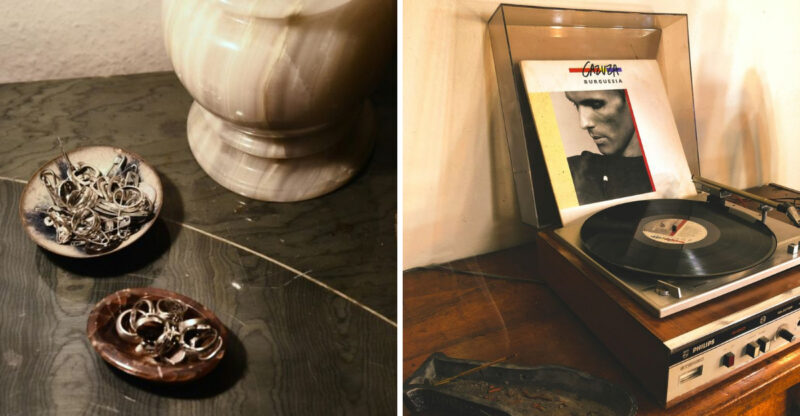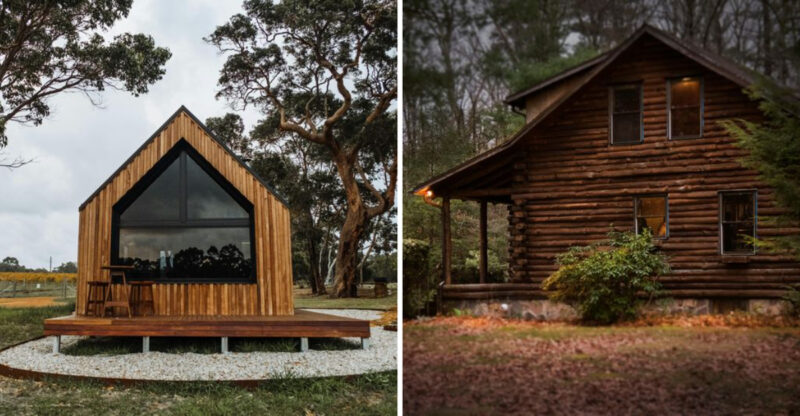5 Design Elements In Georgia Homes That Should Be Used Less And 6 That May No Longer Work
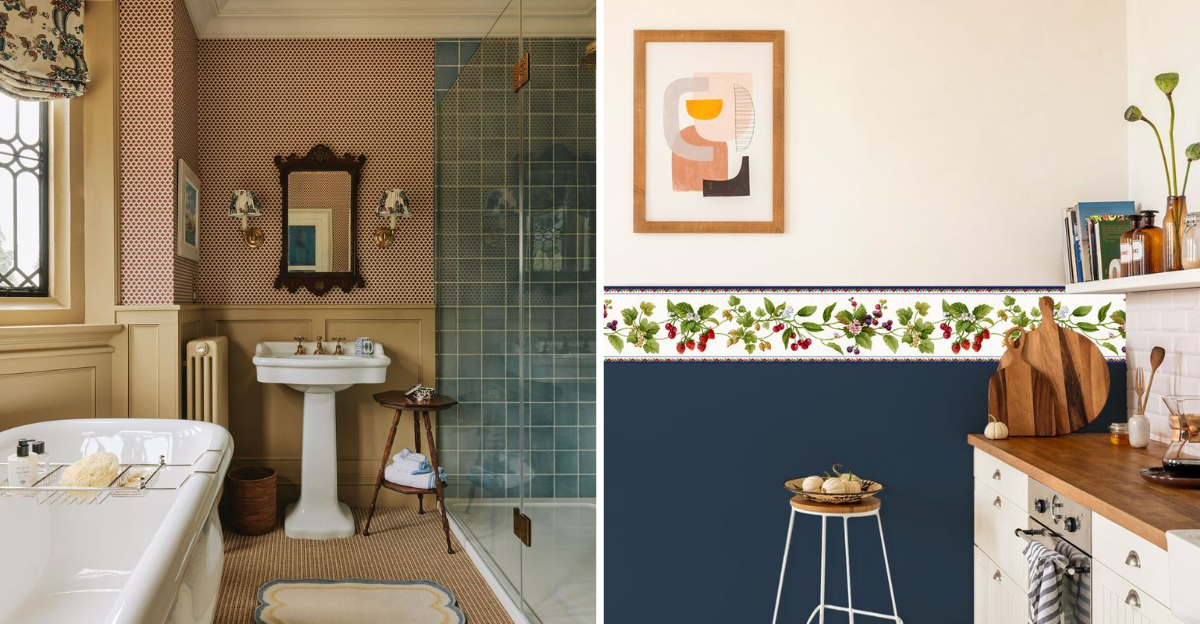
Georgia homes have a unique charm that blends Southern tradition with modern sensibilities. But not all design elements stand the test of time or suit today’s lifestyles.
Some features that once defined Georgian elegance now feel dated or impractical, while others simply need to be used more sparingly for maximum impact.
Let’s explore which design elements should take a step back and which ones might need to exit the stage altogether.
1. Heavy Crown Molding
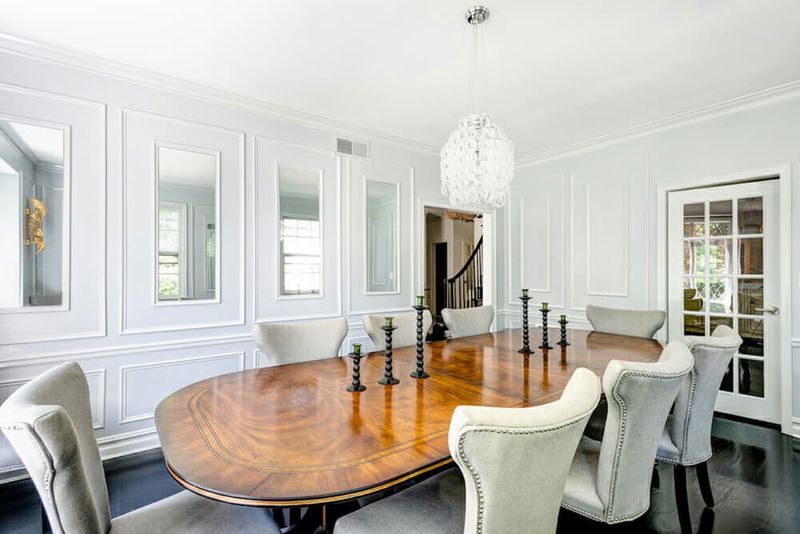
Walking into homes with elaborate crown molding that resembles a wedding cake can feel overwhelming rather than elegant. The ornate, multi-layered crown molding popular in traditional Georgia homes often competes with other design elements and makes rooms feel smaller.
Modern design favors simplicity and breathing room. If you love the finished look crown molding provides, consider sleeker profiles that add architectural interest without dominating the space. In smaller rooms especially, heavy crown molding can create a top-heavy feeling that throws off the room’s proportions.
A more subtle approach allows other design elements to shine while still honoring Georgia’s architectural heritage.
2. Dark Wood Paneling
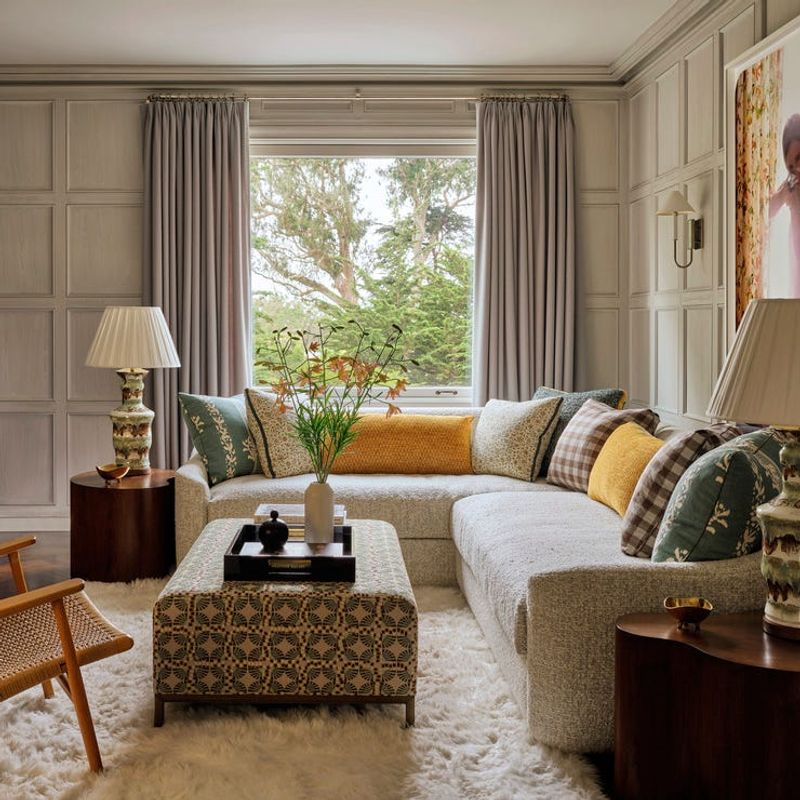
Those mahogany-toned walls that once signaled luxury now make Georgia homes feel like time capsules from the 1970s. Dark wood paneling absorbs light, making even spacious rooms feel cave-like and gloomy, especially problematic during Georgia’s hot summers when homes should feel cool and airy.
Homeowners looking to brighten their spaces are increasingly painting over these dark panels or removing them entirely. The transformation can be remarkable rooms instantly feel larger, more contemporary, and more welcoming.
If you appreciate wood’s natural warmth, consider lighter varieties like oak or pine with natural finishes that showcase the grain without darkening your living space.
3. Overly Large Chandeliers
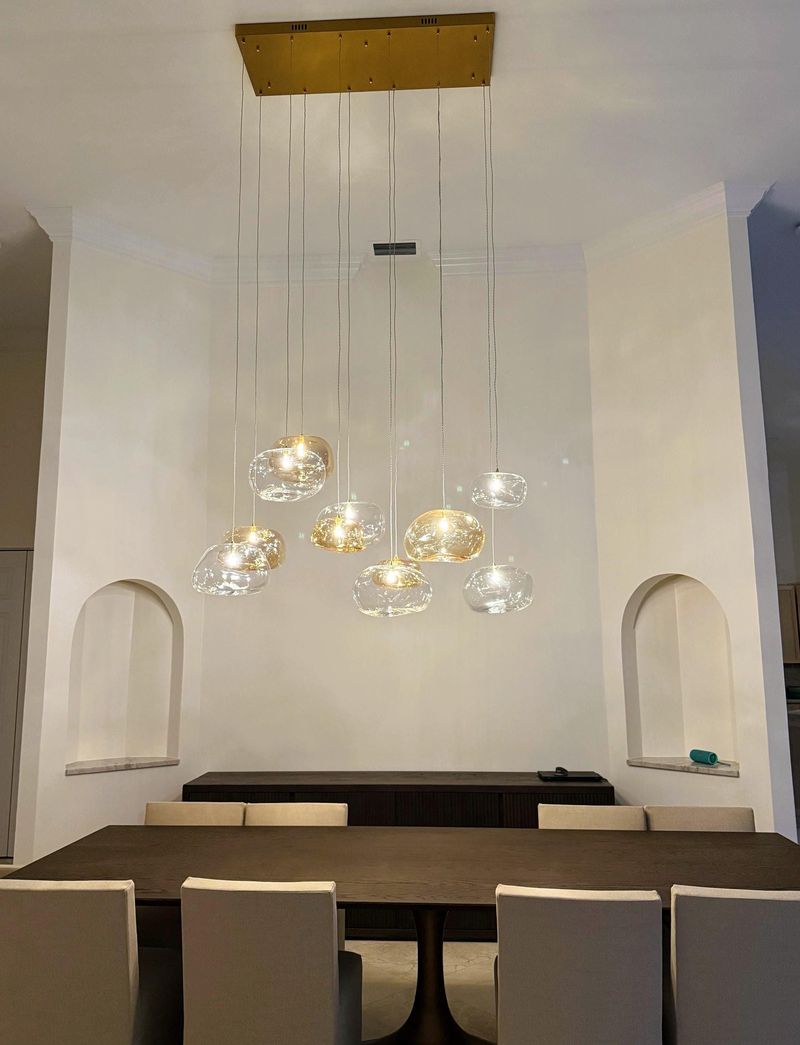
Georgia’s grand homes often feature chandeliers that could double as landing pads! While impressive, these oversized light fixtures frequently overwhelm dining rooms and entryways rather than complementing them. The scale issue becomes particularly apparent in homes with standard ceiling heights.
Proper proportion matters more than sheer size. A thoughtfully chosen fixture that relates well to your table dimensions and room size creates more harmony than an oversized statement piece.
Many homeowners now opt for right-sized chandeliers with cleaner lines that still provide beautiful illumination and focal interest. Remember, lighting should enhance your space, not dominate it like a crystal mothership hovering overhead!
4. Wall-to-Wall Carpeting
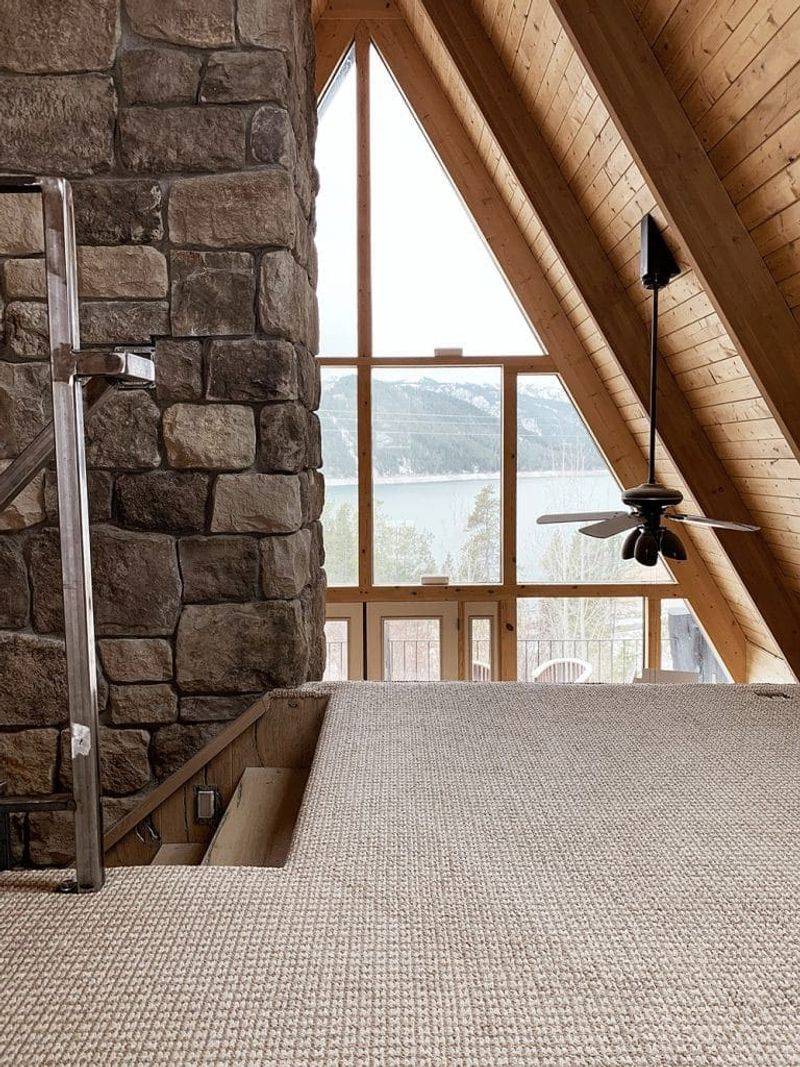
This once-standard floor covering is rapidly losing favor in Georgia’s humid climate. Wall-to-wall carpeting traps moisture, dust, and allergens particularly problematic in a state where pollen counts regularly break records and humidity creates perfect conditions for dust mites.
Hardwood floors, luxury vinyl planks, and tile have become preferred alternatives, offering easier cleaning and better longevity. These hard surfaces also pair beautifully with area rugs that can be removed for seasonal cleaning or style updates.
If you’re renovating, consider removing wall-to-wall carpet in favor of these more breathable options. Your indoor air quality will improve, and you’ll have a more versatile foundation for changing décor trends without major renovations.
5. Heavy Draperies
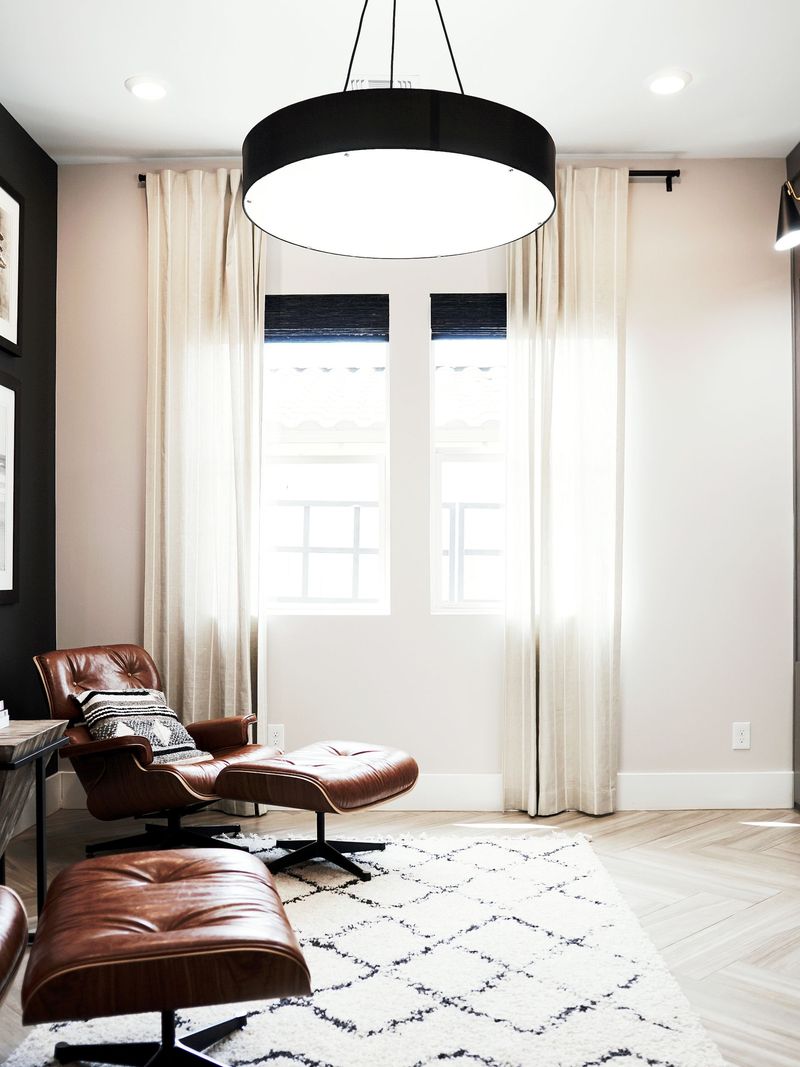
Those floor-to-ceiling velvet drapes with swags, jabots, and valances once symbolized luxury in Georgia homes but now feel fussy and outdated. Heavy window treatments block natural light, collect dust, and make rooms feel smaller and stuffier counterproductive in Georgia’s warm climate.
Today’s window treatments favor simplicity and function. Lighter fabrics, simple panels, or even wooden blinds provide privacy while allowing rooms to breathe. When updating your windows, consider treatments that frame views rather than hiding them.
Georgia’s beautiful landscapes and gardens deserve to be seen! Opt for treatments that filter light beautifully without the weight and visual bulk of traditional heavy draperies.
6. Tuscan-Style Kitchen Cabinets
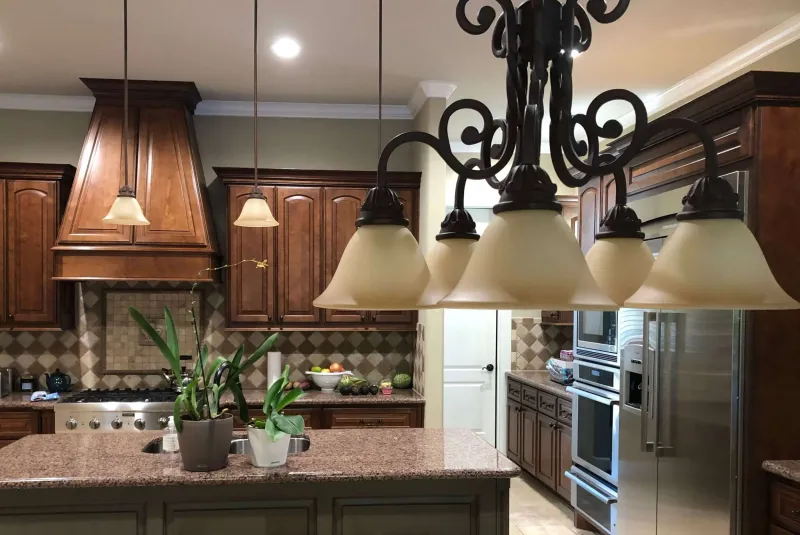
Remember when every Georgia kitchen aspired to look like an Italian villa? Those dark, distressed cabinets with ornate moldings and antiqued finishes that dominated early 2000s homes now feel decidedly dated. The faux-Tuscan trend created kitchens that were often too dark for Georgia’s climate and lifestyle.
Homeowners are now replacing these heavy cabinets with lighter, cleaner designs. White, gray, blue, or natural wood cabinets with simpler door styles create kitchens that feel fresh and timeless. If a full kitchen renovation isn’t in your budget, consider painting existing Tuscan cabinets and updating hardware.
You’d be amazed how a lighter color and modern pulls can transform these dated elements into something that feels current and bright.
7. Floral Wallpaper Borders
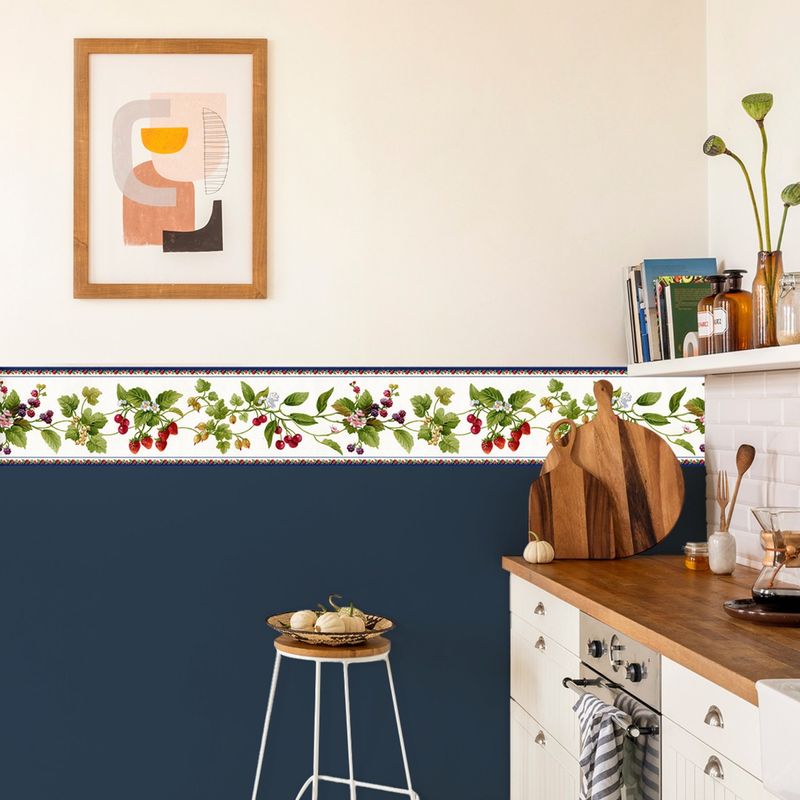
Those narrow strips of floral wallpaper that once crowned every Georgia dining room and bathroom have firmly landed in the design history books. Popular in the 80s and 90s, these borders attempted to add charm but now read as distinctly outdated and visually choppy.
Modern wall treatments favor clean lines or, if pattern is desired, full accent walls that make a more cohesive statement. The horizontal line created by borders tends to visually lower ceilings and break up spaces in ways that feel disjointed.
If you’re still living with wallpaper borders, removing them can instantly update your space. For those who love florals, consider incorporating them through artwork or textiles instead of permanent wall treatments that quickly date your home.
8. Carpeted Bathrooms
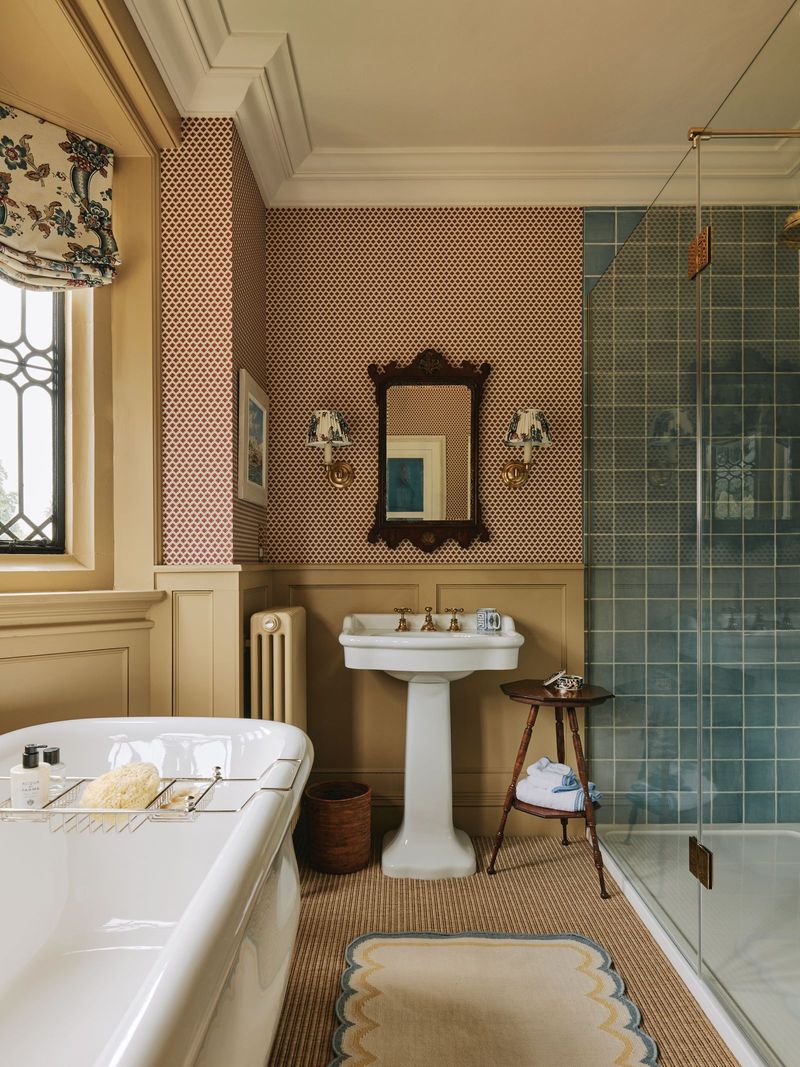
Georgia’s humidity makes carpeted bathrooms particularly problematic. Though once considered luxurious, bathroom carpeting creates the perfect environment for mold and mildew in our humid climate.
The moisture from showers and baths inevitably seeps into carpet fibers, creating health hazards beneath that soft surface. Homebuyers now actively avoid homes with carpeted bathrooms, making this feature a definite liability when selling. Tile, luxury vinyl, and even engineered hardwoods provide safer, more hygienic alternatives.
If your bathroom still sports carpeting, prioritize replacing it. The project is relatively straightforward and delivers significant returns in both home value and family health. Your future bare feet will thank you for the cleaner, more moisture-resistant surface!
9. Popcorn Ceilings
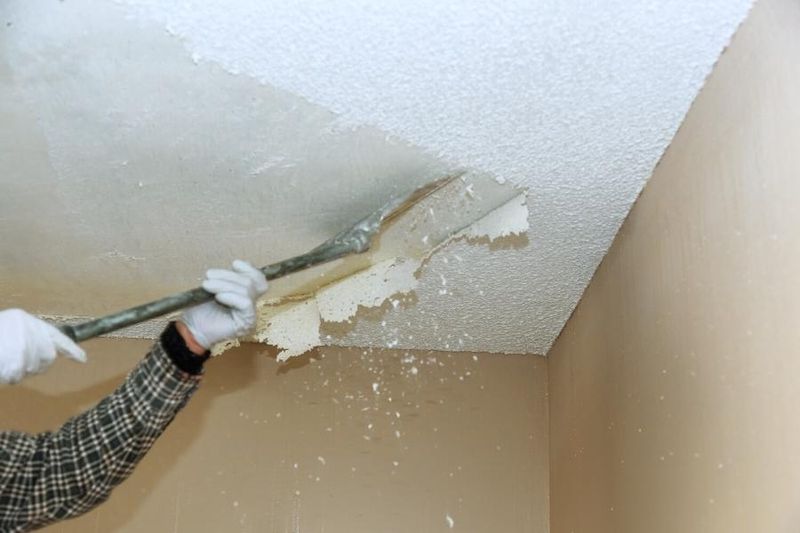
Those bumpy, spray-on ceiling textures that dominated Georgia homes from the 1960s through the 1980s have fallen dramatically out of favor. Beyond their dated appearance, popcorn ceilings collect dust, are difficult to clean, and older versions may contain asbestos a significant health concern when disturbed.
Smooth ceilings reflect light better, making rooms feel brighter and more spacious. They also provide a cleaner visual foundation that works with any design style from traditional to contemporary.
Though removal can be messy, saying goodbye to popcorn ceilings instantly modernizes a home. If you’re planning to sell, this update often returns more than its cost by increasing buyer appeal and perceived home value.
10. Mirrored Walls
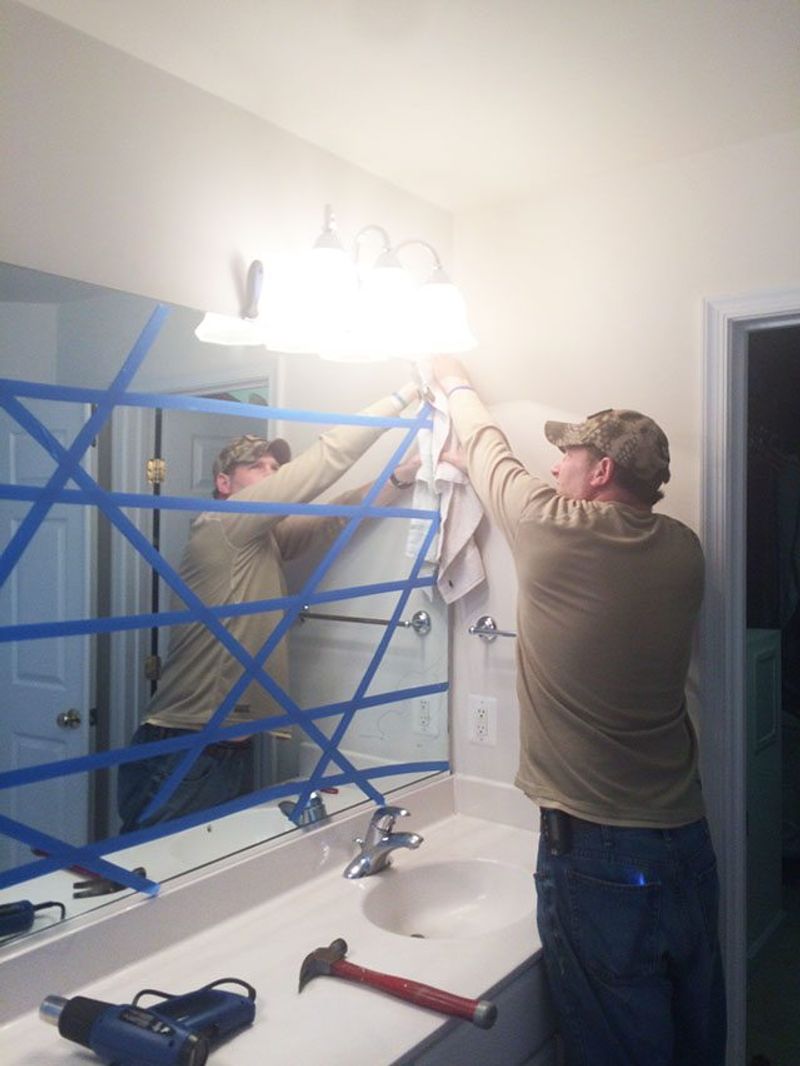
The floor-to-ceiling mirrored walls that graced many Georgia homes during the 1980s were intended to make spaces feel larger. Unfortunately, they now read as incredibly date instantly revealing a home that hasn’t been updated in decades.
These mirror expanses also create disorienting spaces that reflect clutter and create confusing visual paths through rooms. The effect often feels more like a dance studio than a comfortable living space. Removing mirrored walls can be tricky but transformative.
Replace them with painted drywall for a cleaner look, or consider a partial mirror installation with proper framing if you still want the light-reflecting benefits without the dated disco-era vibe that full mirrored walls inevitably create.
11. Brass Fixtures and Hardware
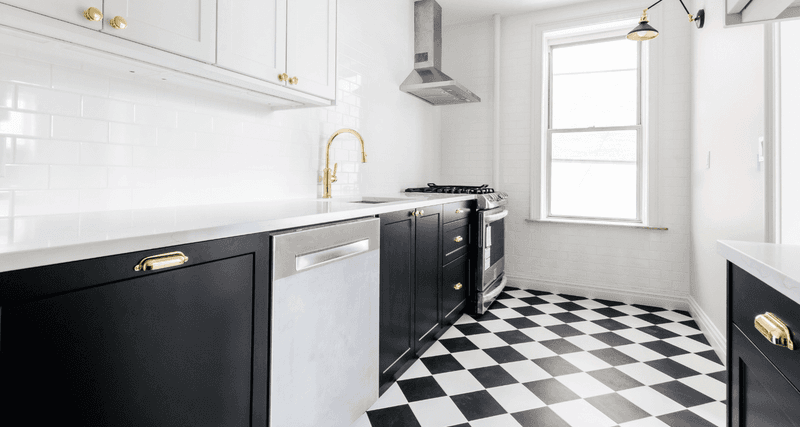
The shiny yellow brass that dominated Georgia homes throughout the 1980s and 90s now screams “time capsule” rather than “timeless.” This bright, often lacquered finish on doorknobs, light fixtures, and cabinet hardware dates a home instantly, especially when paired with other bygone trends.
Today’s metal finishes tend toward warmer, more subtle tones. Brushed nickel, matte black, bronze, and even unlacquered brass that develops a natural patina offer more sophisticated alternatives to the bright brass of yesteryear.
Updating your home’s hardware is one of the most affordable renovations with significant visual impact. Even keeping the same door and cabinet styles but swapping out dated brass can modernize spaces remarkably without major construction or expense.

